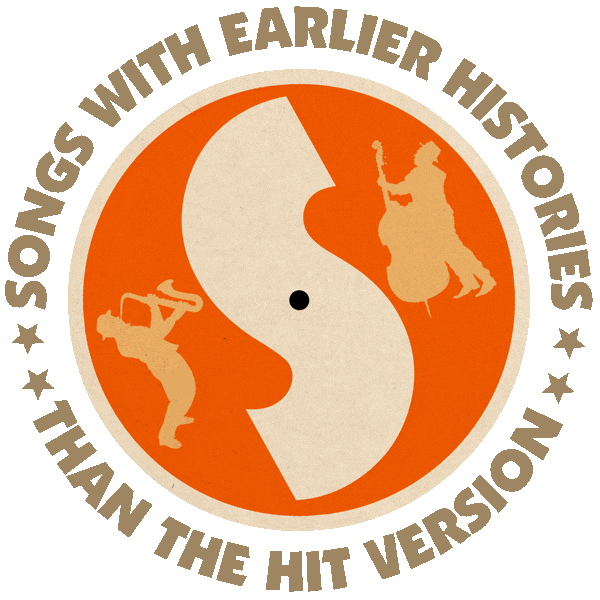Written and originally recorded by Arthur Alexander (US #68/R&B #10 1962).
Hit album version by The Beatles (1963).
From the wiki: “‘Anna (Go to Him)’ (or simply ‘Anna’) was written and originally recorded by Arthur Alexander, and is considered to be one of the great early Soul ballads even if its loping groove was closer to a mid-tempo song than a slow ballad.
“‘Anna’ was actually a minor pop hit (but Top-10 R&B) when it first came out in 1962, peaking #68 on the Pop charts. However, it was a personal favorite of John Lennon, and ‘Anna’ had been a part of the Beatles live set since its release in 1962. ‘Anna’ would become more famous for its cover version by the Beatles than when originally released by Alexander.

